Cover photo: Photo by Alex Vámos on Unsplash
Climate crisis is caused by humans. That’s a fact. We are on thin ice, and the ice is melting fast.
Human activity is changing the Earth’s environment in ways that haven’t happened in thousands or even hundreds of thousands of years, and some of those alterations are now inevitable and irreversible.
Carbon dioxide and other greenhouse gases are heating up the planet as they build up in the atmosphere. This is causing sea levels and temperatures to rise, stronger storms, respiratory diseases, wildfires, and, of course, severe droughts, which could affect our food supply.
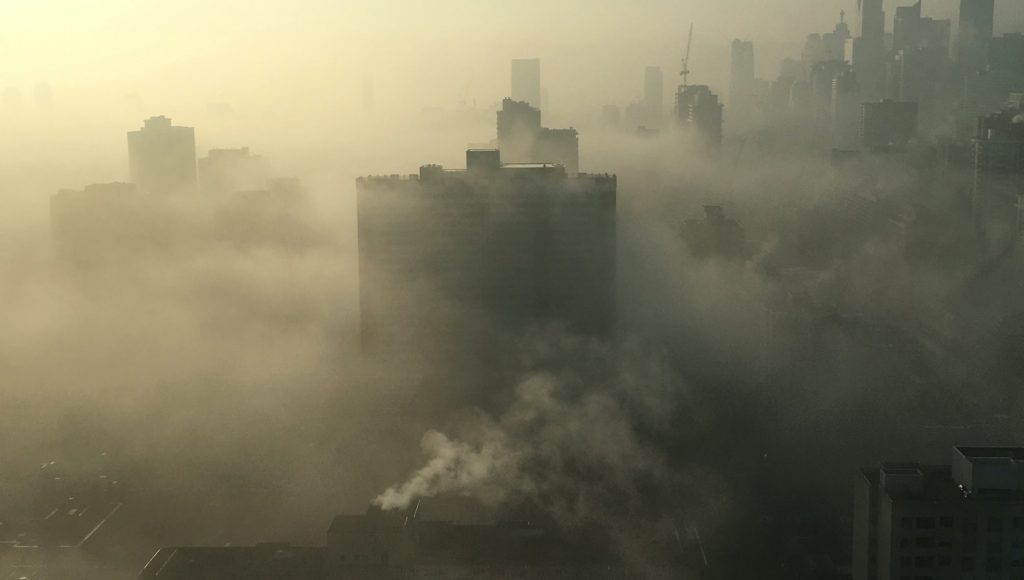
In the next two decades, the temperature is likely to rise by over 1.5 °C above pre-industrial levels, which will exacerbate devastation. We can still stop the climate from breaking down if we cut greenhouse gases quickly and drastically before 2040.
Although these changes won’t bring our planet back to how it was before, since we have inflicted too much damage, they will at least prevent further alterations from happening.
Today’s Focus of Attention is reader-supported. We sometimes include products we think are useful for our readers. If you buy through links on this page, we may earn a small commission.
IPCC Report
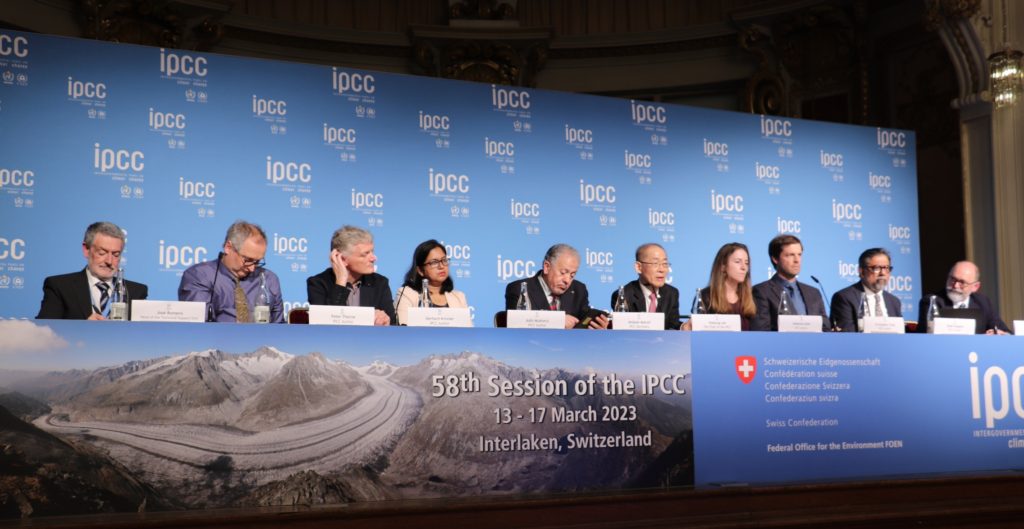
The Intergovernmental Panel on Climate Change (IPCC), the scientific body of the United Nations, issued a “final warning” on the climate crisis.
In its Sixth Assessment Report, prepared by hundreds of scientists, eight years of research and thousands of pages, the UN panel summarised its findings in one message: act now or it will be too late.
The IPCC study detailed how extreme weather has destroyed vast swathes of the world and led to deaths, wrecked homes, floods, droughts, hunger, and the loss of vital ecosystems.
The point of no return for the climate’s damage is if the thermometer reaches over 1.5°C higher than pre-industrial levels, so this IPCC report could be the last one if we don’t step up in limiting global temperatures.
Antonio Guterres, the United Nations Secretary General, said that the report is “a clarion call to massively fast-track climate efforts by every country, every sector, and on every timeframe.”
“Our world needs climate action on all fronts: everything, everywhere, all at once.”
“Rich countries must try to reach net zero greenhouse gas emissions as close as possible to 2040, rather than waiting for the 2050 deadline,” he added. He then said that the climate time bomb is ticking and that the IPCC report is a how-to guide to defusing that bomb.
Half of the global population is now facing severe water shortages, while more than 3 billion people already live in areas where climate breakdown puts them at risk.
Meanwhile, changes in the environment are driving the displacement of populations in Africa, Asia, Central and South America, and the South Pacific.
The Intergovernmental Panel on Climate Change has been warning about this situation for over 30 years, since its first report in 1990.
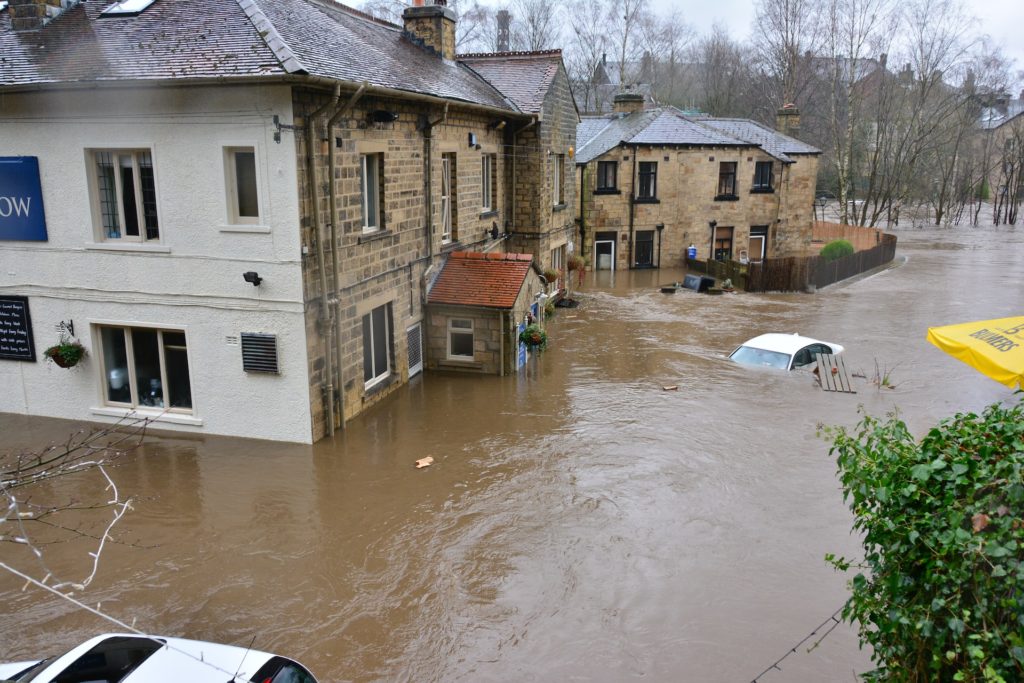
What Is The IPCC?
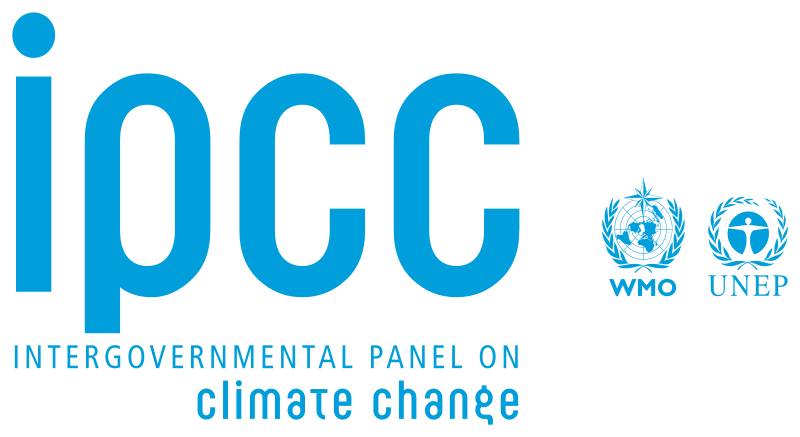
The IPCC was established in 1988 by the United Nations with the mission of providing unbiased and scientific assessments about climate change, its impacts, and options for adaptation and mitigation.
This organisation comprises hundreds of scientists from around the world who volunteer their time and expertise to review and synthesise the latest research on global warming.
Also, it produces periodic “Assessment Reports” with comprehensive summaries of various aspects of climate change, which are regarded as the most authoritative ones.
Moreover, the IPCC issues “Special” and “Methodology” documents that explain how to measure greenhouse gas emissions and other environmental factors.
IPCC Report History
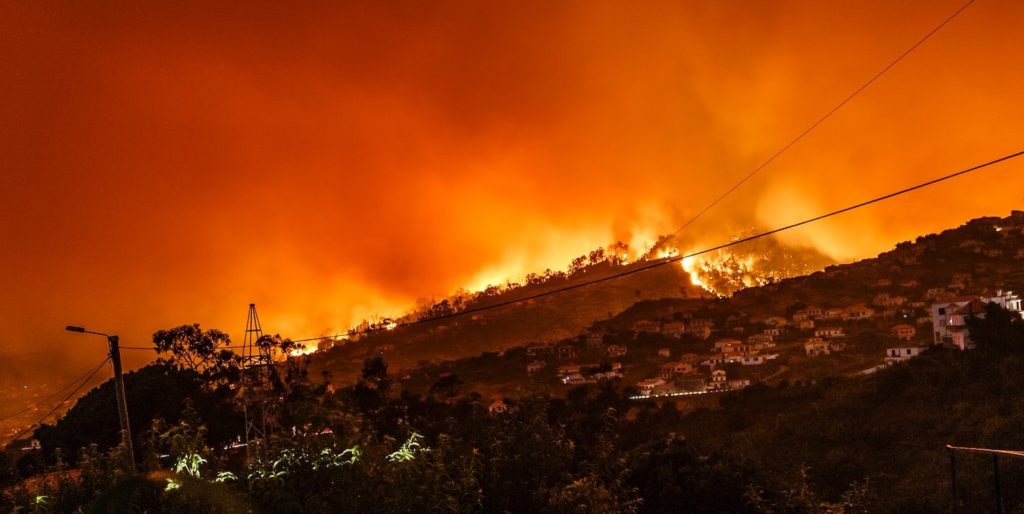
What the organisation presented this week is the last part of the Sixth Assessment Report (AR6).
Between August 2021 and April 2022, the IPCC published the first three sections, which covered the physical science behind the climate crisis and the irreversible changes.
Section two was about the impacts of climate change, including the loss of agriculture, rising sea levels, and the devastation of the natural world.
The third chapter referred to the means by which we can slash greenhouse gas concentrations, such as renewable energy, restoring nature, and technologies to capture and store carbon dioxide.
The final section of the AR6 was the “summary for policymakers.”
IPCC will not issue any other report before 2030, so the current one is the standard for governments in this crucial decade.
It’s Not Too Late to Change Course
According to Hoesung Lee, chair of the IPCC, there’s hope of staying within 1.5°C. At the moment, we are about 1.1°C above pre-industrial levels. If we reduce greenhouse gas emissions in the following years, we will avoid the worst ravages that reaching 1.5°C or 2°C would create.
“This synthesis report underscores the urgency of taking more ambitious action and shows that, if we act now, we can still secure a livable and sustainable future for all.”
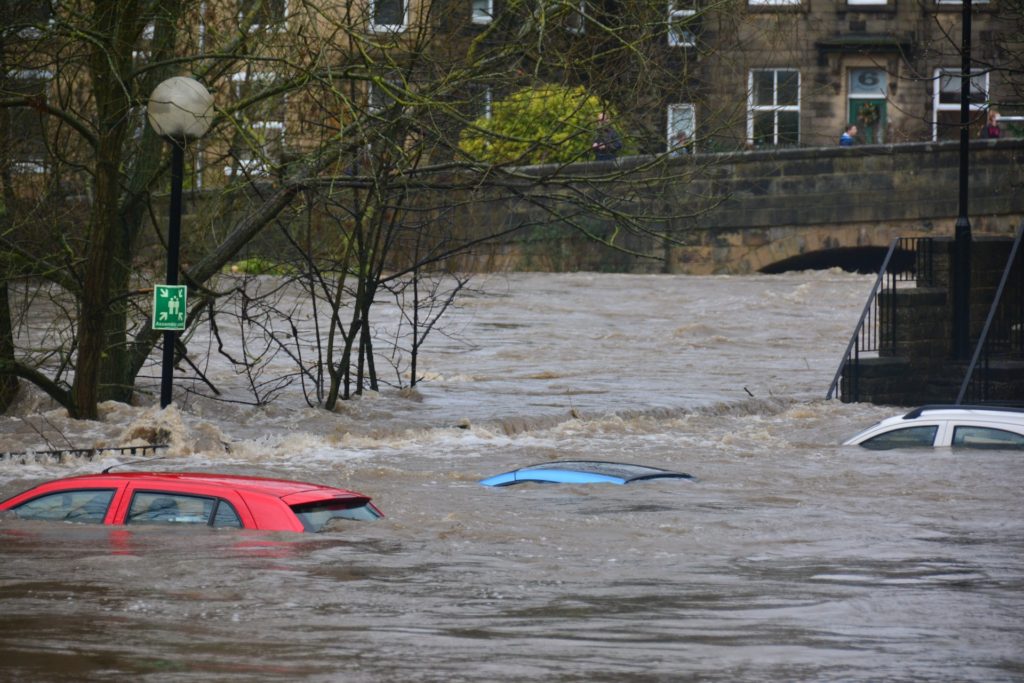
Only through collective action can we address this major environmental challenge.
There have been innovations in the energy sector, no doubt, but they are not enough. We must expedite the process.
We have the tools and the knowledge, but not everybody is willing to stop making money from fossil fuels or other polluting economic sectors.
Will we let our planet, our only home, be destroyed just because a handful of greedy individuals still want to profit from pollutants at the expense of our health and our lives?
Give it some deep thought.


